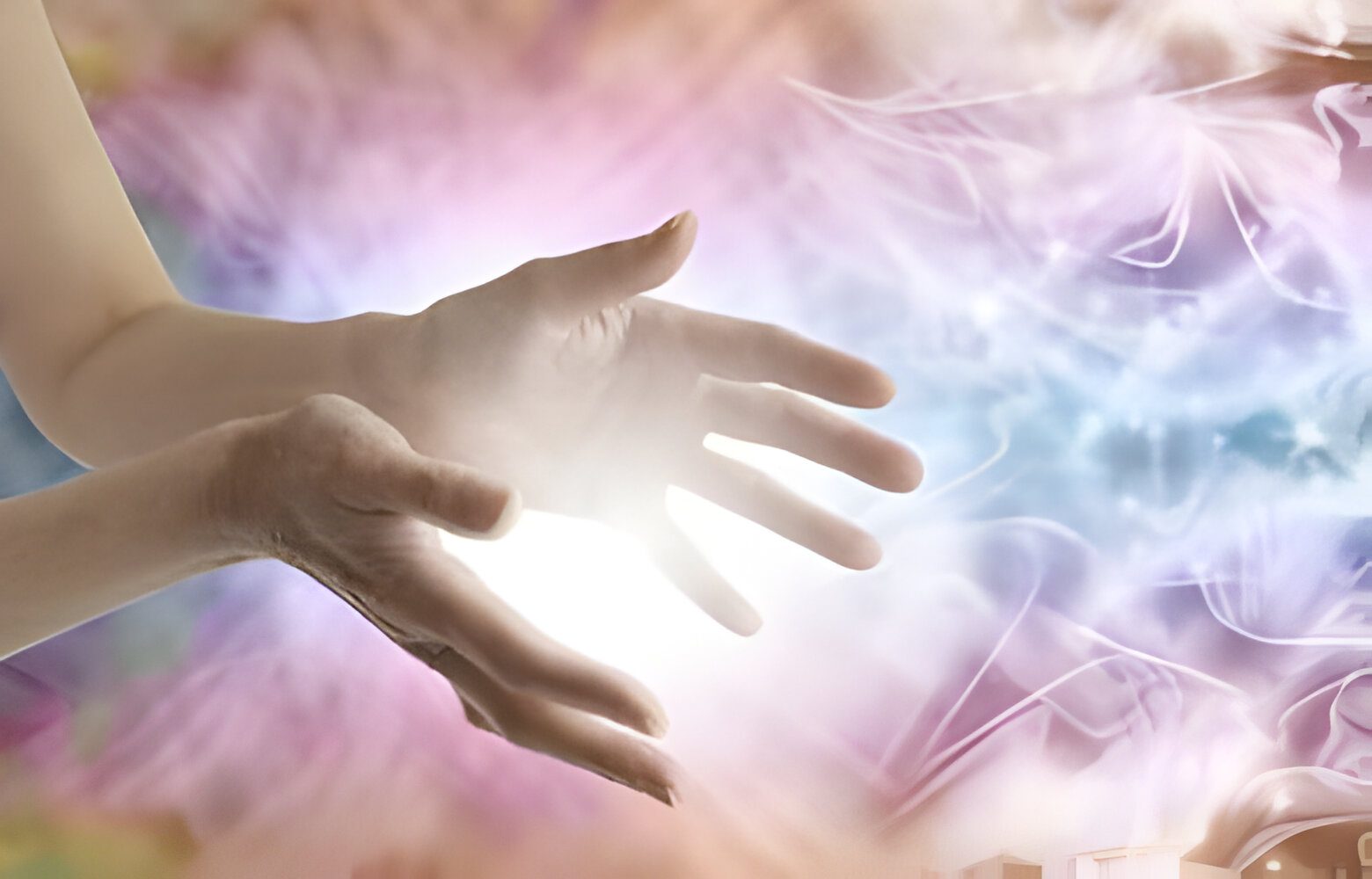Reiki healing therapy is a popular form of alternative medicine that is known for its ability to promote relaxation and reduce stress. In this article, we will explore the basics of Reiki healing therapy, including its history, principles, and benefits. Whether you are new to Reiki or are simply looking to learn more about this holistic practice, this article will provide you with a comprehensive overview of what you need to know.
Welcome to our comprehensive guide to Reiki Healing Therapy, an ancient Japanese healing technique that harnesses the power of universal life energy for holistic healing. Reiki is based on the principles of balancing and harmonizing the body’s energy centers, known as chakras, to promote physical, emotional, and spiritual well-being. By understanding the principles of Reiki energy, individuals can unlock the potential for self-healing and personal growth.
Receiving Reiki treatment from a qualified practitioner can lead to a wide range of benefits, including stress reduction, pain relief, improved emotional well-being, and enhanced immune function. When choosing a Reiki practitioner, it is essential to consider factors such as experience, training, and personal rapport. Different techniques used in Reiki healing therapy include hands-on healing, distant healing, and the use of symbols to channel energy. By incorporating Reiki into your wellness routine, you can experience a deep sense of relaxation, balance, and harmony in your life.
Q&A
Q: What is Reiki healing therapy?
A: Reiki healing therapy is a spiritual practice that involves using gentle touch to promote relaxation and reduce stress, as well as facilitate healing.
Q: How does Reiki work?
A: Reiki is based on the idea that a life force energy flows through all living things. Practitioners believe they can channel this energy to support the body’s natural healing processes.
Q: What are the benefits of Reiki therapy?
A: Some potential benefits of Reiki therapy include reduced stress and anxiety, improved emotional well-being, enhanced spiritual growth, and pain relief.
Q: Is Reiki therapy safe?
A: Reiki therapy is considered safe and non-invasive. It can be used in conjunction with other medical treatments to support overall wellness.
Q: How long does a typical Reiki session last?
A: A typical Reiki session can last anywhere from 30 minutes to an hour, depending on the practitioner and the client’s needs.
Q: Who can benefit from Reiki therapy?
A: Anyone can benefit from Reiki therapy, regardless of age or health status. It is often used as a complementary therapy for various health conditions.
Q: How can I find a qualified Reiki practitioner?
A: To find a qualified Reiki practitioner, you can ask for recommendations from friends or family, search online directories, or contact local holistic health centers.
Q: Can Reiki therapy be performed remotely?
A: Yes, Reiki therapy can be performed remotely through techniques such as distance healing, where the practitioner sends healing energy to the client from a distance.
Conclusion
In conclusion, Reiki healing therapy is a gentle and non-invasive practice that aims to balance the body’s energy and promote relaxation and overall well-being. By channeling universal life force energy, practitioners can help to alleviate physical, emotional, and spiritual imbalances in their clients. While Reiki may not be a cure-all, many people find it to be a helpful complement to traditional medical treatments and a valuable tool for self-care. If you are interested in exploring the benefits of Reiki, consider finding a qualified practitioner or learning more about this ancient healing art.






